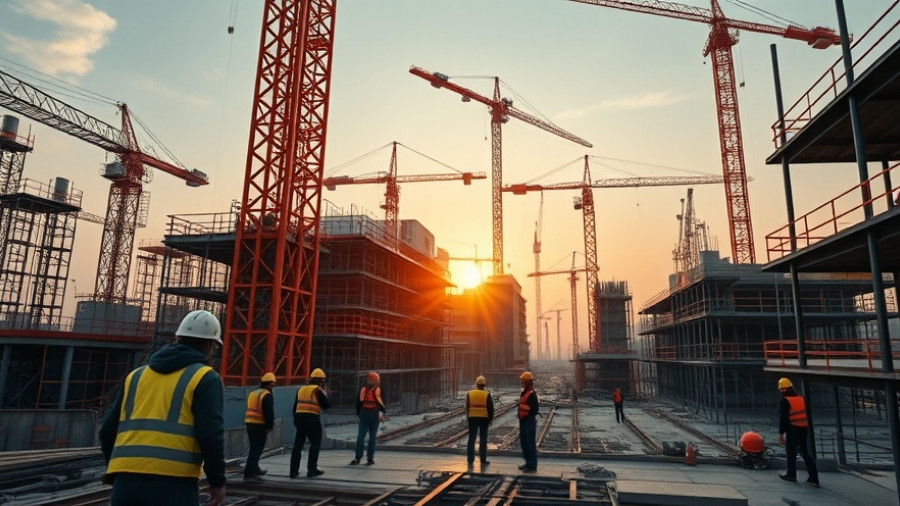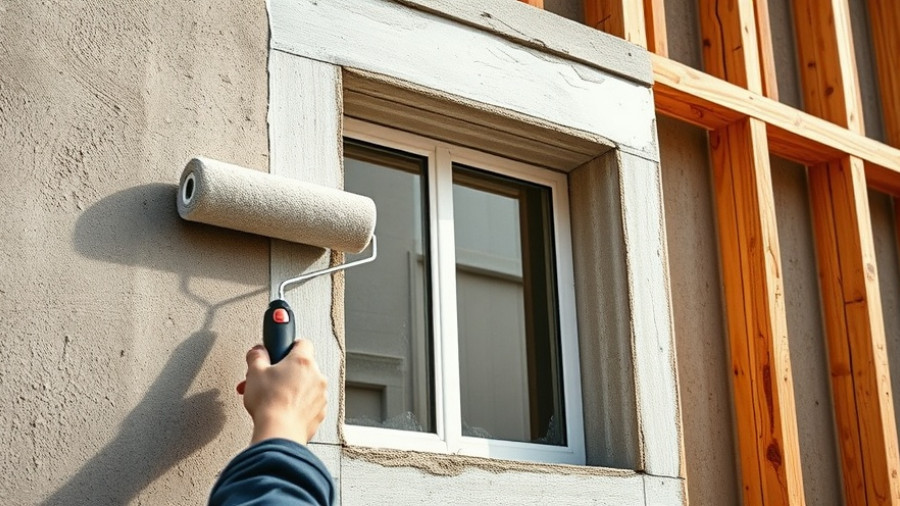
Rescue Oasis: A Multifaceted Hub for the Community
The recently completed Rescue Oasis public safety and recreation complex in Surprise, Arizona, stands as a testament to how thoughtful civic design can address public safety needs while promoting community well-being. Despite its focus on safety and functionality, the complex, developed by Willmeng Construction, is also an inviting space for recreation and leisure, showcasing a unique blend of form and function.
Four Essential Facilities for Modern Living
The centerpiece of the complex is Fire Station 309, which is equipped with state-of-the-art facilities, including ample sleeping quarters for personnel and a fitness room that promotes the health of first responders. This design consideration reflects a growing awareness of the importance of physical health in the demanding field of emergency services.
The complex also features three aquatic environments that cater to various needs—whether for competition or leisurely swimming. The Oasis Swim Center includes not only a recreational pool with water features but also a competitive pool that meets international standards. This dual-purpose design can serve multiple community demographics, from young families to competitive swimmers, thus enhancing community involvement.
Spaces that Encourage Community Interaction
Surrounding the aquatic center, the adjacent Rescue Oasis Park is designed to foster community connections. With amenities like a playground, basketball court, and even a themed splash pad connected to the fire station, the park encourages outdoor activity and social interactions among residents. This communal spirit is essential in today’s society, where connection has become increasingly vital for community cohesion.
Environmental Considerations in Civic Design
The Rescue Oasis complex is not just about recreation and safety; it also embodies principles of sustainable construction. The use of environmentally friendly materials, efficient water systems, and solar energy are some of the design's ecological features. These choices ensure that the complex not only serves the community now but remains viable and responsible long into the future.
Transformative Potential of Civic Projects
More than just a series of buildings, the Rescue Oasis exemplifies how civic projects can transform communities by integrating safety, recreation, and well-being. As cities continue to grow, it becomes pivotal for developers, business owners, and city planners to recognize the importance of thoughtful, multifaceted design in public spaces.
Conclusion: A Blueprint for Future Developments
The innovative design choices seen at Rescue Oasis serve as a blueprint for future civic developments, marrying aesthetics with practicality. With growing interest in community wellness and sustainable building practices, civic projects that prioritize these elements will likely lead the way in shaping well-rounded, livable communities. For professionals in commercial construction and development, this complex represents an inspiring example of what can be accomplished when form follows function.
As cities evolve, let’s ensure that wellness, safety, and community spirit remain at the forefront of our public projects. Consider how your next building project can echo the ethos of Rescue Oasis by promoting health, safety, and social connection.
 Add Row
Add Row  Add
Add 




Write A Comment